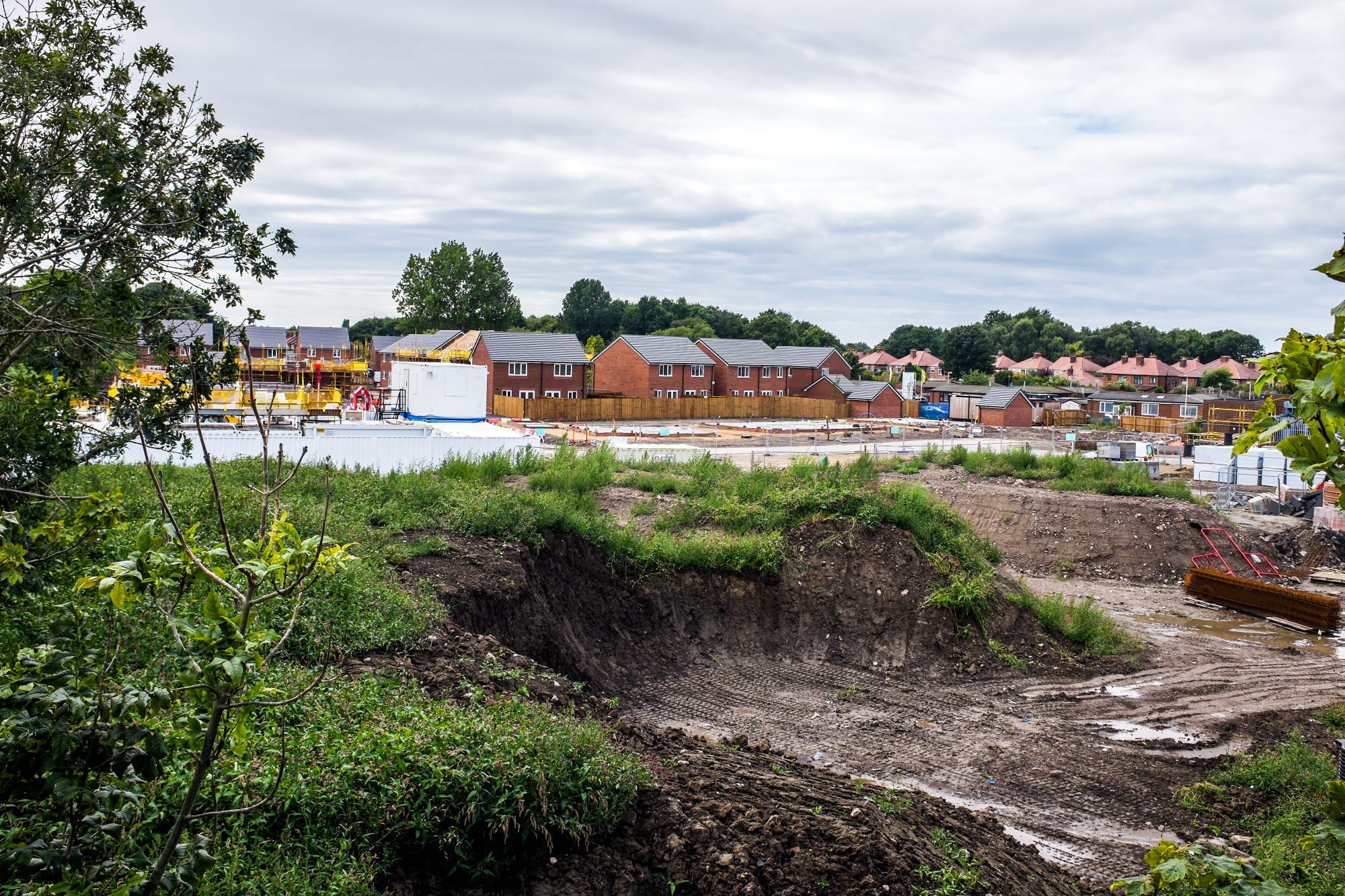Chris Bone, CEO, Modulous, discusses why the Government’s plan to build housing on brownfield land will only be successful if development risks are solved and explores how software platforms can help
Ministers recognise that using brownfield land is key to addressing the chronic housing shortage, but to get the public and private sectors on their side and deliver schemes on such sites, development risk must be addressed.
The launch of last year’s Planning for the Future white paper, which made the contentious pledge to carve up land in England into ‘growth’ and ‘protected’ sites, saw the Government encourage the redevelopment of brownfield sites to bring new investment into areas and increase housing delivery.
The chancellor Rishi Sunak hammered home this commitment during October’s Budget, by announcing a £1.8 billion fund to deliver 160,000 homes on brownfield land. AECOM believes that 400,000 new homes could be delivered in the capital alone.
Achieving these figures will require a concerted effort because our outdated, largely analogue planning system is a barrier to change. The time and money required to submit speculative planning applications, with no guarantee that permission will be granted, locks up land and stunts development.
How can software reduce development risks on brownfield sites?
Software platforms can reduce the risks attached to planning by allowing landowners, whether public or private, to interrogate an unlimited number of sites with pre-agreed design principles in a matter of minutes. This reduces, if not eliminates, the cost base associated with planning.
Developers, housing associations and councils can input their briefing requirements into the software to determine the most time and cost-effective design configuration to build on any given site, while optimising the scheme layouts to pre-agreed planning conditions and constraints. If changes need to be made, this can be done in real-time.
Another key consideration is ensuring that our housing is fit for a net-zero future. Policymakers have drawn up new building regulations to ensure new-build homes built from this year achieve a 31% reduction in carbon when compared to current standards. The Greater London Authority’s requirements go even further. The London Plan specifies the minimum on-site reductions for major developments (those over 10 homes) is 35% beyond this – translating to a total reduction of 66%.
This is where offsite construction has a part to play. We’ve developed a high-performing, sustainable ‘Kit of Parts’ that, when combined, create homes that exceed current and soon-to-be-introduced building regulations. This enables users to specify the sort of building they want, harvest local planning regulations to determine what is permitted, and then generate a carousel of designs based on our Kit of Parts that accurately detail the precise cost without compromising quality or energy standards.
Brownfield redevelopment provides a significant opportunity to ramp up housing delivery in the capital and wider UK, but the market needs more players. Volume housebuilders, who often have the resource and capacity to take on development risks, won’t be able to do it alone. The industry must become bolder in adopting technological solutions at every scale, encouraging wider participation from SME developers, local authorities and housing associations. Only then can we start to address the housing crisis in a meaningful way.

















